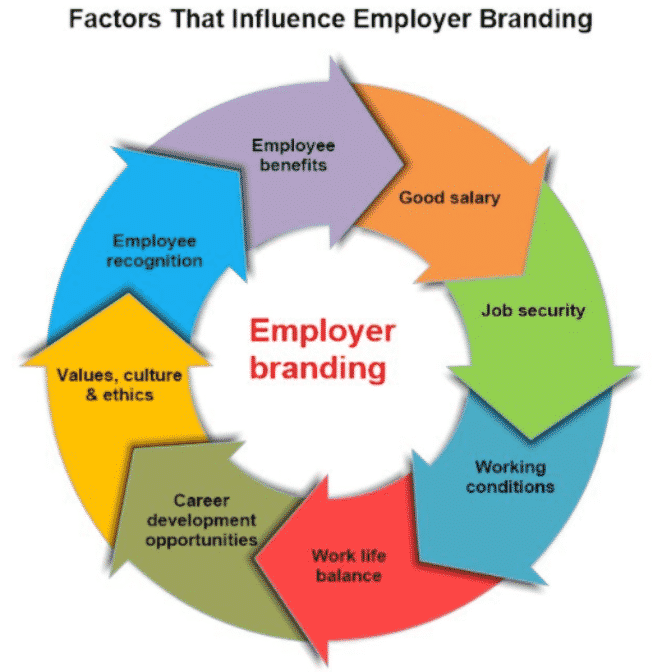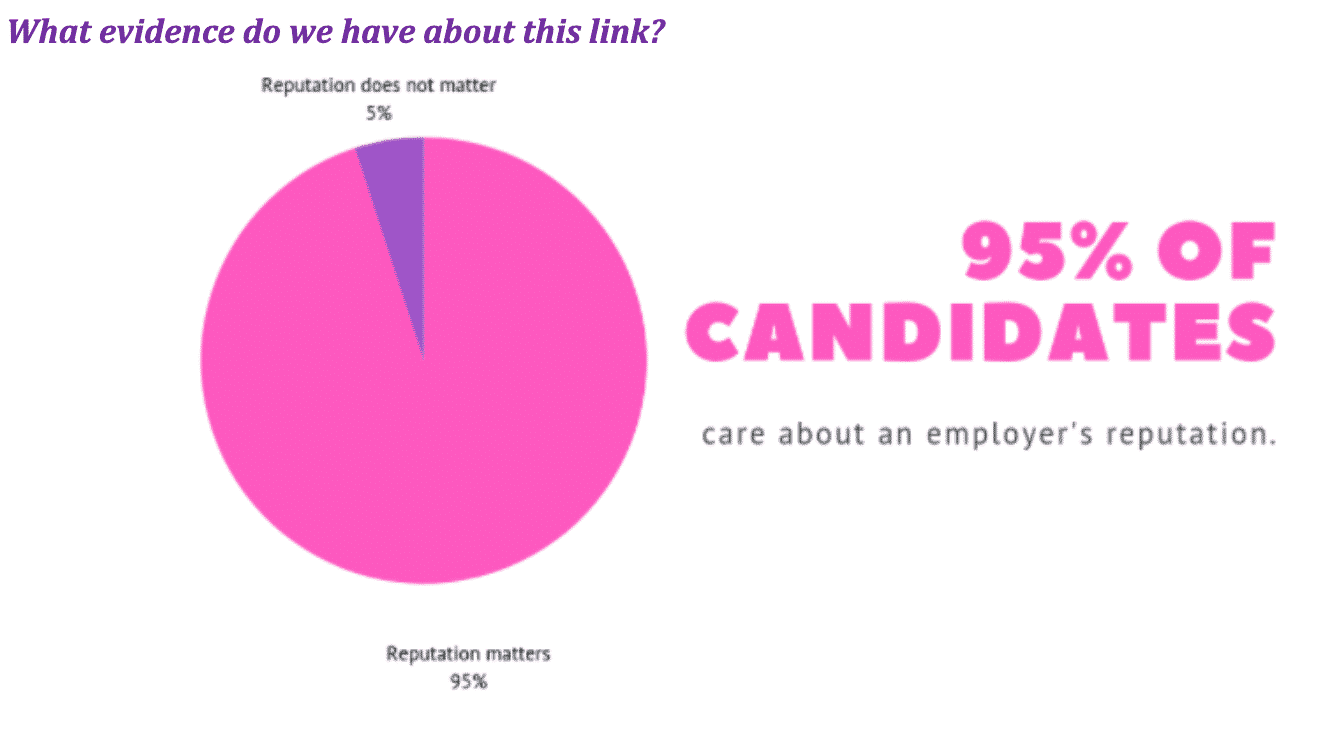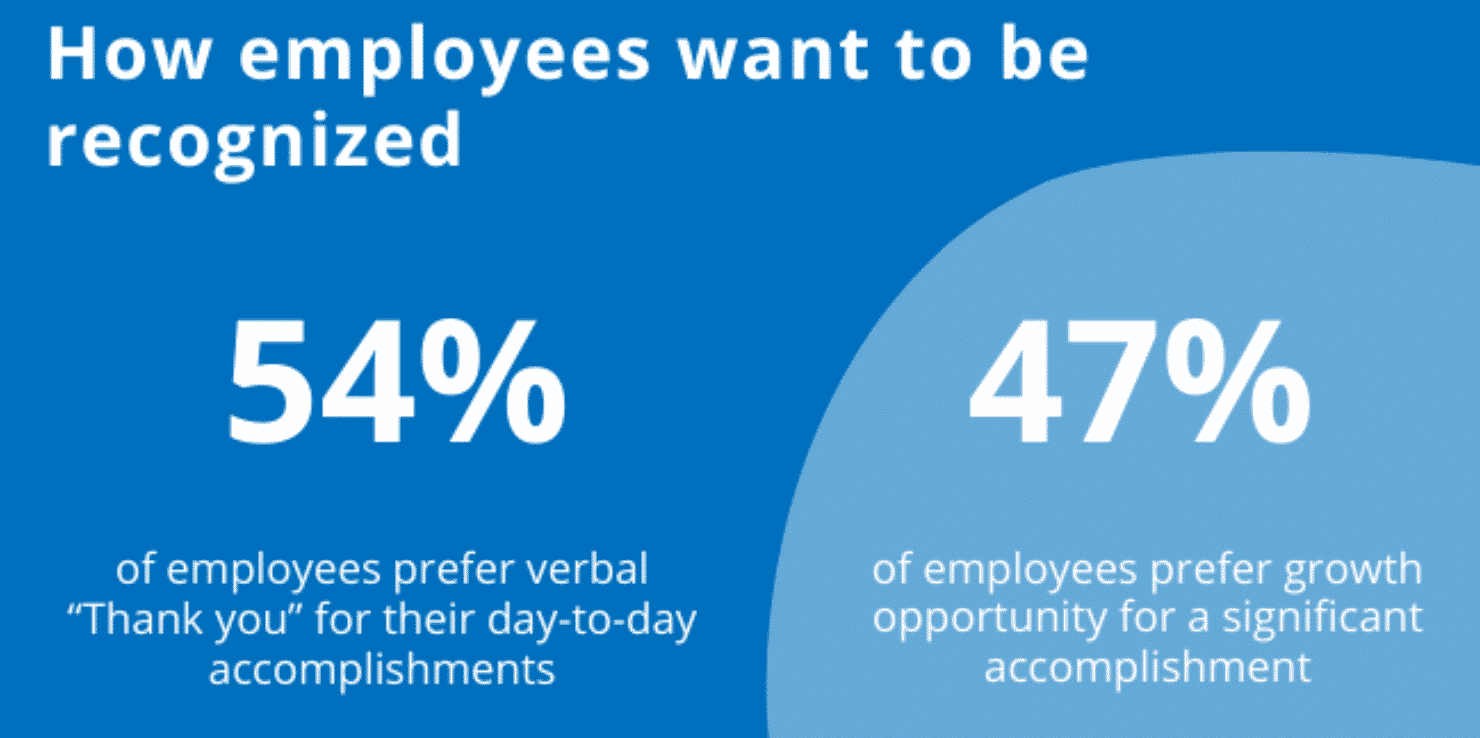A lot of people when hearing the term ‘branding’ automatically think about marketing and promotions. Things like social media pages, print ads, company logos, and sales promotions start to hit our minds.
While the main focus of all of them is to develop brand awareness, we often neglect to understand the value of employee branding and employer branding, strategies that can yield favorable outcomes for the organization if work together.
According to recent stats, 96% of organizations believe that employer branding can affect the revenue positively or negatively and 78% of job seekers say that company reputation is an important decision-making factor while applying for a job.
So, before you approach a talent acquisition platform, it is important for you to understand the two important terms and how you can link them for attaining maximum benefits.
Comparing and understanding employee and employer branding
Read on to know the difference between employer and employee branding and how they work together.
What’s the difference?
Consider this situation - an organization talking about itself on the mainstream media announcing its own victories. And now imagine an employee sharing his/her positive work experience with the external audience.
Which one would people believe?
Employer branding
Next comes employer branding, which is simply defined as your reputation as a brand and the value it can offer to its employees. Some of the benefits of engaging in employer branding are as follows:
- It helps to attract and retain talented people who are crucial to the success of the business.
- It is the business identity of your organization and helps you stand out to job seekers.
- It enables HR professionals to improve the talent pool.
- It impacts how customers and prospects perceive your brand.
It is influenced by many factors:

Employee branding
It can be described as how well an organization is perceived by the current and potential employees. A more practical definition is adopted from a research paper that says, ‘It is a process by which workers internalize the anticipated enterprise image and are encouraged to project the image to customers and other stakeholders’.
The core idea is to transform workers into brand ambassadors that speak for your organization and represent the organization in the best way.
To put it simply, it’s all about getting your people on board with the core organizational beliefs you stand for and the type of operations you are engaged in. Your employees convey these values externally through word-of-mouth.
Finding the link
The fundamental difference between both terms is explained above. One focuses on how to attract people while the other has to do with people that are already part of the company.
By now, a lot of business professionals might be thinking that they should only focus on employee branding and move away from employer branding.
Remember that you have to think from the perspective of candidates. Get into their shoes and answer what you would like the organization to do to capture your attention.
That is why you shouldn’t be seeing employer and employee branding as two mutually exclusive ideas. Plus, employer branding is not about attracting the candidates only. But it is also about how we manage the employee lifecycle and how we obtain a good note from employees after exciting them.

Research suggests that both concepts are tied to each other. With good employer branding, you can attract highly qualified candidates, which in turn become employees that are highly engaged with their job and love working with you.
In fact, employee engagement determines good employer branding according to 49% of organizations. This is why it wouldn’t be wrong to say that good employer branding breeds high employee engagement and employee branding.
From recognition for employees to recognition from employees
This relationship also works the other way around. Here’s how.
If your current employees are satisfied and happy with their job, co-workers, bosses, and overall work environment, then your employer brand will grow eventually. A survey suggests that only 54% of employees would like to recommend an organization they worked for.
Broadcast employee recognition moments on your social media accounts like LinkedIn. Make a post highlighting the experiences of new hires.

When your existing employees are happy, they’ll want to bring on their friends. This is a sign of good employer branding.
Therefore, investment in one area will give you the results of both.
Building a robust employer brand
Strong employee branding doesn’t happen overnight. They’re developed and nurtured by implementing a ‘people marketing’ approach. This simply means applying marketing principles to human resources management.
In this approach, organizations treat their employees just like customers. They are interested in knowing employee expectations so that organizations can create great employee experiences that will ultimately heighten productivity levels and performance.
Benefits of strong employee branding:
- You save money.
- Increases pool of talented candidates.
- Improves company image on social media.
- Enhance transparency and trust in the company.
Relevant: Why positive work cultures are more productive
Identifying people who can help
A lot of professionals get confused when it comes to picking people who can build a robust employer branding strategy. You need to take their buy-in from these key players:
Chief executive officer (CEO)
In the twenty-first century, people tend to believe in industry experts more than glamorous advertisements.
Leaders are key influential people in an organization and are more strategic with their moves. It’s best to engage them in the talent acquisition conversation because they know the outside environment better.
Human resources management (HRM)
Involving HR employees is a must as they are connected with finding, hiring, training, and retaining people. They interact with the candidates on a daily basis and can be the face of the initiative.
Marketing
Marketing will help you curate effective internal culture brand messages that will appeal to the audience.
Brand advocates
These are employees who have the potential to speak positively and influentially about your company. You need to identify these people but shouldn’t be too quick if you are just getting started. Not every top performer is passionate about their job.
How to get the best of both worlds
Here are some expert-recommended tips to improve both employer and employee branding.
- Educate them on brand
The first and foremost step is to instill a positive brand message in the minds of your employees.
By this, I mean that everyone in your organization must know the company’s mission, vision, core values, and key products/services. See if you can make a short video to make it digestible and memorable. Post it in visible areas in your office or internal communication channels. Feel free to be creative in finding ways to do this!
- Focus on your workplace culture
It is a fact that employer brand is actually your reputation as a work created by the perceptions of internal hires and external talent. How these people think, feel, and behave at work. The culture at your workplace is a big part of that.
There are a lot of companies that don’t represent their true culture. But, in this digital world, you can’t hide your truth. Sites like Indeed, Glassdoor, and some community-run Facebook job groups give people a protected forum to share what it means to be working at their workplace.

Drive a culture of appreciation by following these simple tips:
- A simple verbal ‘thank you’.
- Announce the ‘employee of the month’ award.
- Give shout outs on social media.
- Offer bonuses or growth opportunities.
Invest in your people
Investing in your employees is one of the highly appreciated employee retention strategies. According to an essay writing service, 74% of employees leave an organization because they don’t find learning opportunities in their existing workplace.
Plus, you can conduct brand training that is different from others. In this, you teach employees how to represent the brand to the world and acquire business opportunities.
- Ensure effective communication
Effective two-way communication can be a game-changer for companies. Be regular and transparent in your communication and encourage people to come up with ideas that can benefit the organization.
Pro tip: don’t say things that you can’t fulfill. This is something that really pisses off people.
The bottom line
Employees are a key asset for any organization that can help them drive a rare and inimitable competitive advantage.
Employer branding is not something very difficult to understand. You need to combine basic HR and marketing principles and create a strategy.







